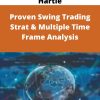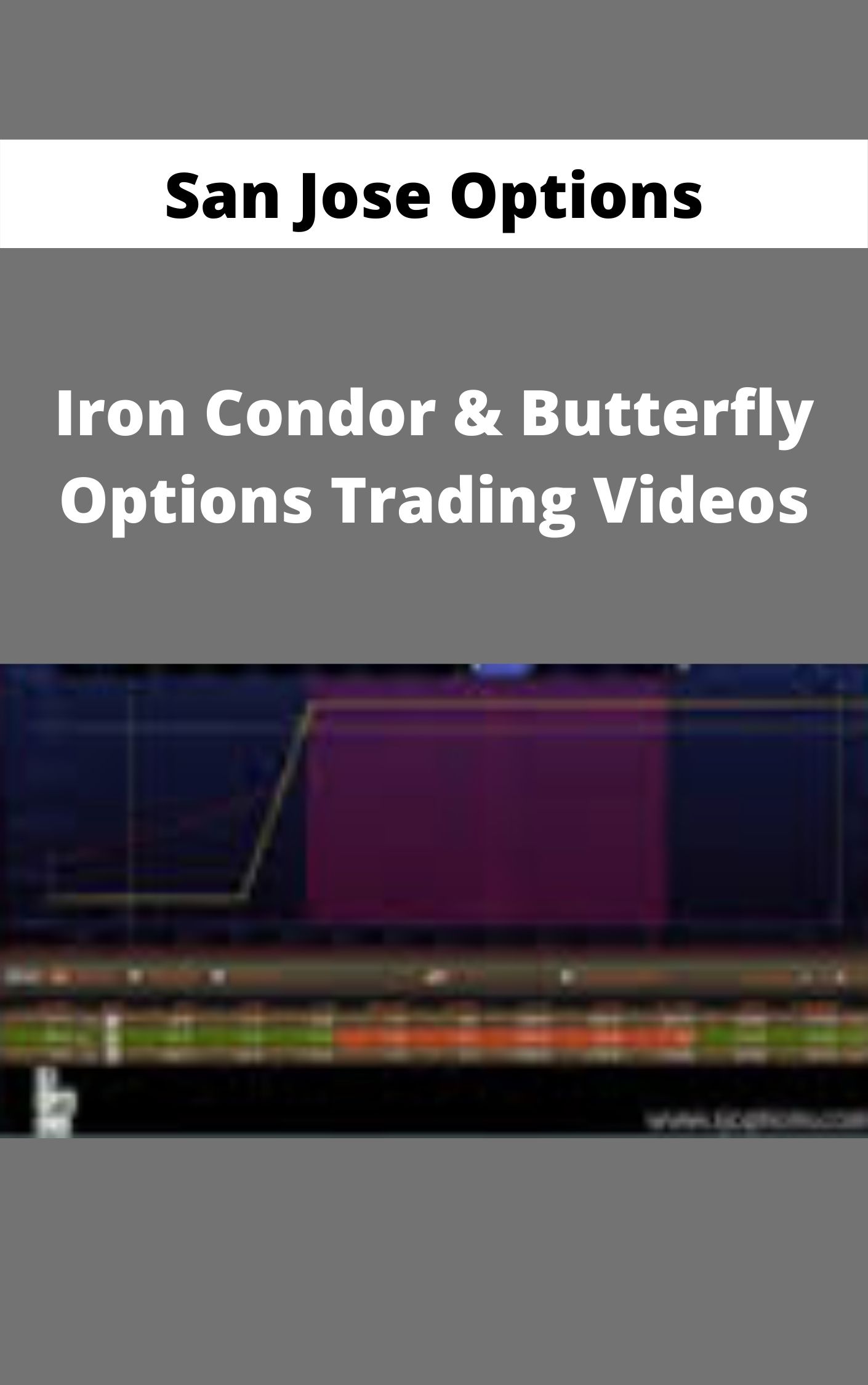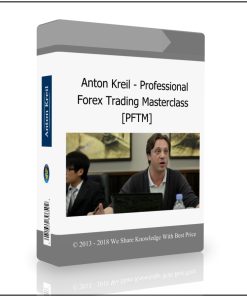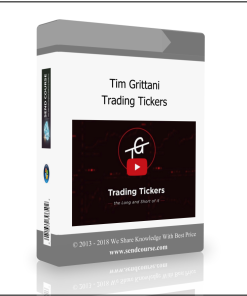San Jose Options – Iron Condor & Butterfly Options Trading Videos
$36.00
San Jose Options – Iron Condor & Butterfly Options Trading Videos – Available Now !!!
Sale Page:
Value:
You just pay: 36
Status: This item is available
Description:
The Video contents:
- San Jose Options Mentoring Program Investor Community Video 1
- San Jose Options Mentoring Program Investor Community Video 2
- Condors with Vega neutralized
- Strategies Iron Calender and Bws
- Volatility 1 and 2
- Strategies comparisson
- Talk Wallstreet
- Double Butterfly playing with earnings
- Condors comparissons
- Condors with Vega neutralized
- Credit Spreads
- Adj to delta neutral
- The dangers of iron condors
Iron Condor and Butterfly Spread Thoughts
Today will be discussing the difference between the Iron Condor and the Butterfly spread. Although these two trades have very different titles, they both carry very similar risks and similar option Greeks characteristics. In this article we will point out the difference between the two popular option spreads.
The Weaknesses
Both of these trades are tough to manage because they are exposed to risk on the downside as well as the upside. The other weakness in the structure of these trades is that they possess a negative Decay Rate Ratio™.
Although they are both positive Theta trades, the iron condor and butterfly spread are structured such that the long contracts decay faster than the short contracts. Therefore, the structure of both of these trades is rather poor. The Butterfly has an even worse Decay Rate Ratio™ than the Iron Condor. The reason the Decay Rate Ratio™ is worse on the Butterfly is because typically the short strikes on the Butter are usually placed near the money and the shorts of the IC are placed OTM. This is the primary difference in the structure of the two spreads. Side note: If you guys over at Tasty Trade pick this up and teach it to the public, don’t forget to let them all know who the source is, thanks. I see you guys teaching my concepts a few years after I do all the time, but for some reason you always forget to mention us.
One thing to understand about options is decay rate is that it’s slower at the money than it is out of the money. Even though there is a higher Theta ATM, the option contract is decaying at a slower rate compared to the OTM contracts. This is one very important point to understand about Theta that is very commonly misunderstood throughout the entire industry.
Although the Decay Rate Ratio™ is worse on the Butterfly spread, it offers slightly more safety if the underlying asset drops rather quickly. The reason for this is because again, the long contracts are farther away from the short contracts in the Butterfly compared to the Iron Condor, and therefore, the Butterfly technically could have more positive Vomma than the Iron Condor does.
Summary
So to summarize the information presented here, the Butterfly will typically have a worse Decay Rate Ratio™ than the Iron Condor, but it will have more positive Vomma which makes it slightly safer if there is a market crash of your underlying asset. However, please note that neither of these option strategies is safe. I wouldn’t want to be in either one during a volatile market move. Finally, the comments about the volatility risk assumes that there is an inverse correlation between price action and volatility of your underlying.
The Options Trading Innovators from San Jose, CA
2014 is off to a great start for the company thanks to the development of our innovative applications. Through the use of Tsunami™, True Perspective™ Charts and the Trade Assistant™ we’ve been able to reach new highs in both returns and consistency. We are now 34 for 34 – witnessing our trading platform’s performance culminate into fruition.
Please kindly contact us if you need proof of item.
Find out more Forex & Trading Courses >>> At Here.
1 review for San Jose Options – Iron Condor & Butterfly Options Trading Videos
Add a review Cancel reply
Related products
Forex & Trading
Forex & Trading
Forex & Trading
Forex & Trading
Forex & Trading
Forex & Trading
Forex & Trading




![Mike Aston – Learn To Trade [Stock Trading Course Trading Template]](https://kilocourse.net/wp-content/uploads/2019/07/mike-aston-learn-to-trade-stock-trading-course-trading-template-4-247x296.png)





![Dan Kennedy – Ultimate Collection [98 Course – Marketing, Sales, Success]](https://kilocourse.net/wp-content/uploads/2019/06/dan-kennedy-ultimate-collection-98-course-marketing-sales-success-6-247x296.png)

Callum Nicholson –
Quick shipping! | San Jose Options – Iron Condor & Butterfly Options Trading Videos